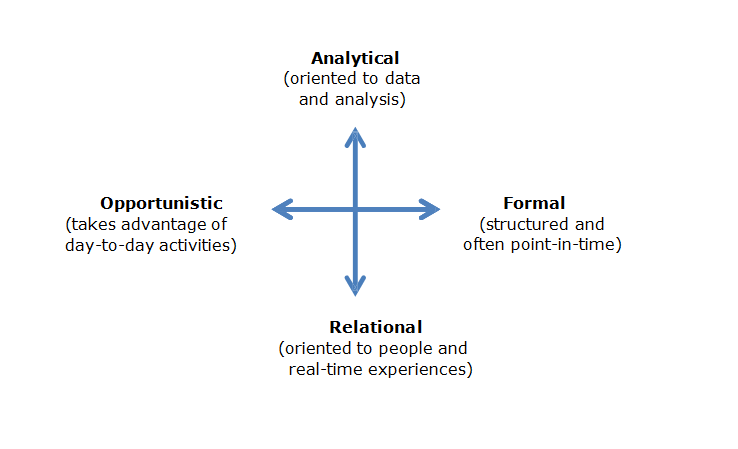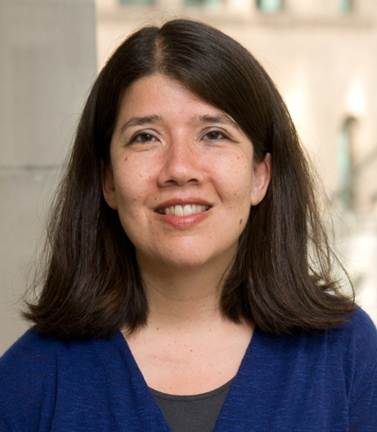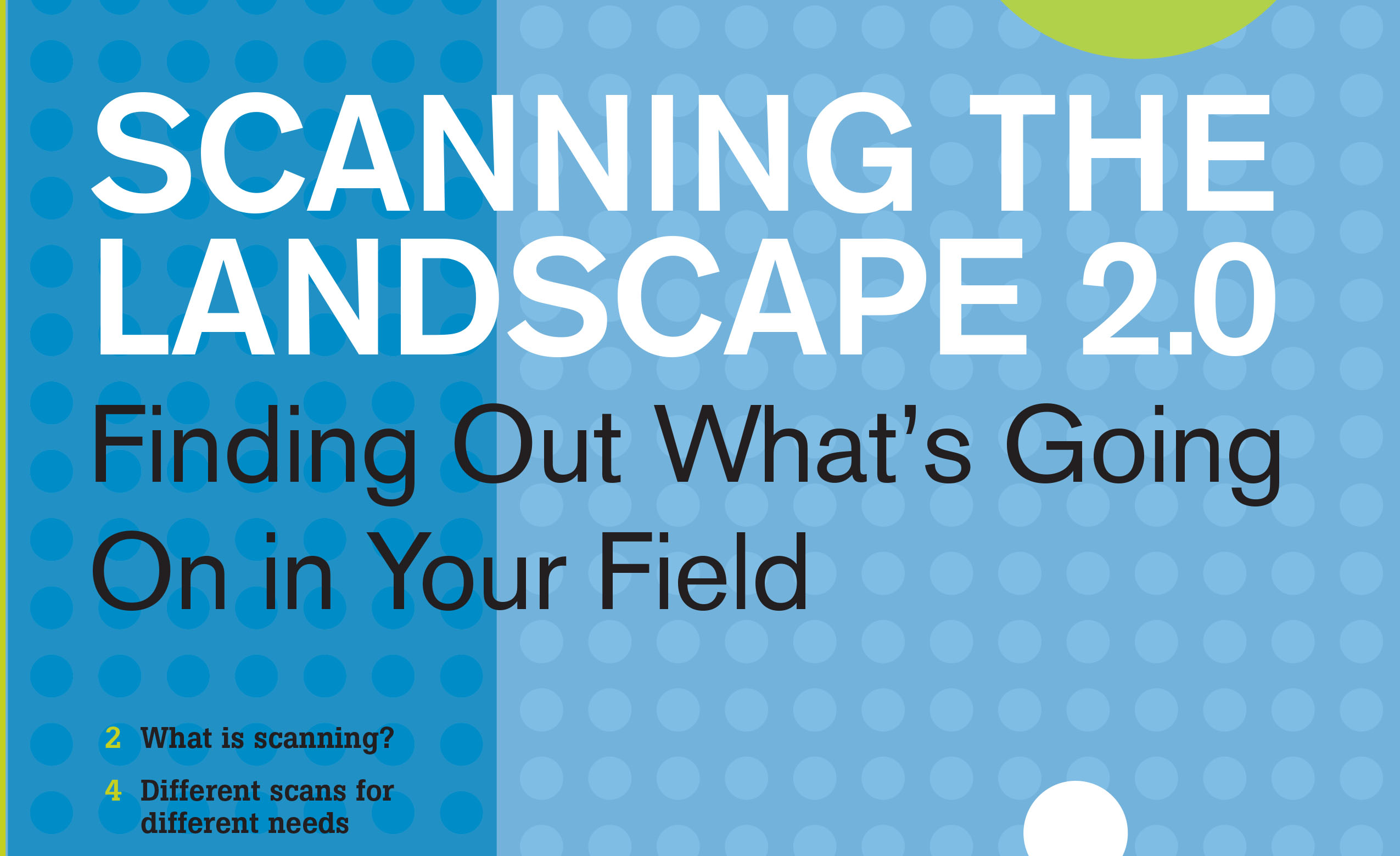Scanning the Landscape 2.0 Sample Reflection on Practice Exercise
This exercise pertains to GrantCraft's guide, Scanning the Landscape 2.0: Finding Out What's Going on in Your Field.
1. Identify scanning example:
Think about a specific time when you were trying to learn something about your field or community. Jot down brief answers to these questions:
- What did you do, either formally or informally?
- What tools did you find yourself using or wishing you had?
2. Think about scanning styles:
There’s no “right” or “wrong” way to scan, but many of us can benefit from expanding our natural inclinations.
- Where does my scanning example fit on the matrix below?
- Where do I find myself gravitating in the ways I take up scanning?
- What new things could I try for a more useful or complete scan?

3. Include different points of view:
Funders have told us that one of the hardest things about scanning is figuring out their own gaps and blind spots – and finding ways to be in touch with people who are unlike themselves. What are a few specific things you’ve learned—and how did you learn them—from:
- someone you disagreed with
- someone in an entirely different field
- someone at a “level” you don’t usually interact with
- someone whose background or experience is very different from yours
Are there instances where you learned something that made you anxious or uncomfortable –and how did you deal with it? In hindsight, what might you have done differently?
4. Develop techniques for ongoing scanning, dealing with information overload, and using digital tools
Not all of us choose to do formal scans, but each of us is engaged in everyday activities that can help with scanning. Several funders highlighted the issue of information overload. Meanwhile, numerous digital tools have emerged in recent years to make scanning easier and faster. Think about ways to look at your own everyday activities as an opportunity to scan:
Listen with New Ears
Think of a few specific settings, people or activities to which you have access.
- How could you turn that access into scanning information that you need?
- What would you do differently; how could you listen with new ears?
Divide and Conquer
What are a few strategies you’ve used or can see using to divide up the work of an opportunistic scan, so that different people are responsible for different sources or topics?
This might be within your foundation or in other settings where people would be interested in sharing the work of scanning.
Creating the Infrastructure
For opportunistic scanning to become an everyday practice, your infrastructure for documentation and analysis will need to be disciplined but not too burdensome.
What are some specific strategies and digital tools you’ve used or can see using:
- to document the data in the moment?
- to analyze and make sense of it later?
- to share what you learn with others?


